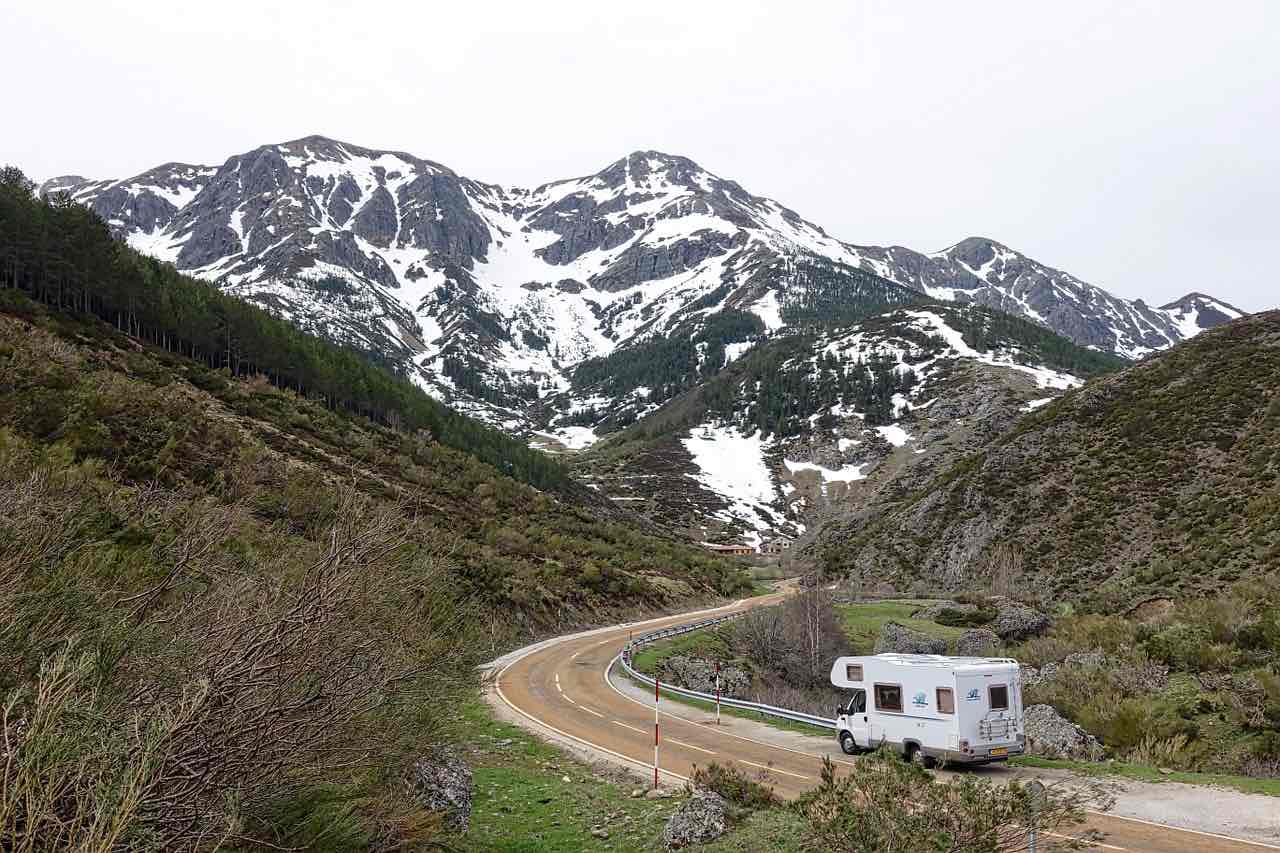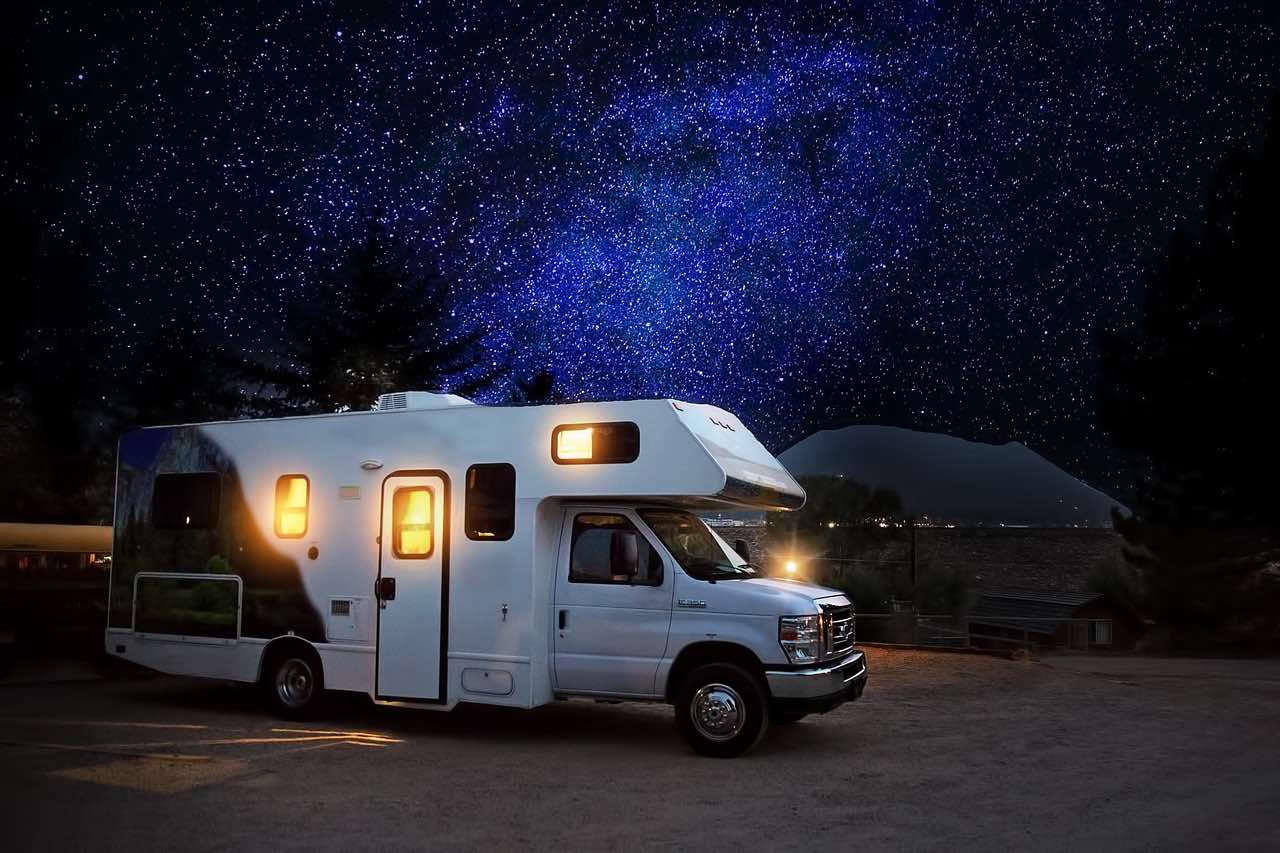Keeping the pipes and water hose from freezing is one of the main concerns of RVers. It is especially true that most recreational vehicles and mobile homes cannot handle extreme temperatures. Do you want to know how to keep RV water hose from freezing? If you plan of taking your recreational vehicle for a winter adventure, you need to know how to winterize it. So, what are the ways to keep RV water hose from freezing? Read more: Best RV Water Hose – Heated RV Water Hose
Warm the tanks and pipes on the RV’s outside
Some mobile homeowners use a tank-heating pad, which is low maintenance but effective.
Commonly, such a heating pad comes with a thermostat that works automatically when your tank’s temperature is too low, and then on when it’s warm. It can operate using your RV batteries while on the move or the shore power if you’re plugged in.
Use a heat tape
One of the best ways in preventing your RV water hose from freezing is through a heat tape. Heat tape is a system that can produce heat and maintain the optimal temperature of the water pipes. Using it, you can prevent the RV hose from freezing.
You can just wrap it along the length of your pipe and leave it hanging off the end of the hose. Then, you can use a section of insulation tubing in order to cover the heat tape, but it must also be enough to cover the water hose’s entire length.
Finally, you must wrap duct tape over the insulation that surrounds your heat tape. But then, you should take note that electricity is used in heating this tape. This method is enough in preventing the risk of having frozen water hose and pipes.
Using small lamps or heaters inside the bays
You can also use this method in keeping the pipes and hoses from freezing. However, remember to use only safe products in close quarters. You also need to make sure that you don’t keep stored items anywhere near the heating devices.
Keep the faucet running
If you’re travelling, you can keep the faucet running. With moving water, you will have a lower risk of having frozen water hoses even if they’re exposed to a very low temperature.
But before doing it, make sure that both the gray and black holding tanks are cleaned and emptied. You must also rinse the black water-holding tank to prevent solid waste buildup that might also solidify.
In addition, you should keep the gray tank valve open, but the black water tank’s valve closed. It is essential to prevent any foul odour from spreading.
Doing so, you can be certain that the tank will not overflow even if there is constant running water.
Turn the faucets in the bathroom and kitchen on once your sink drains are opened for consistent but slow drip.
But then, you might just want to follow this tip if you think that your pipes will freeze. Also, remember to close the gray tank come the morning before running the water again.
Did you learn something from this post on how to keep RV water hose from freezing? Use any of these tips and ensure your water hose won’t freeze even if you’re taking your RV for a winter adventure.








